This German Unity Day, The Game Magazine takes you on a visual trip back to a turning point in German history when the country was united again.
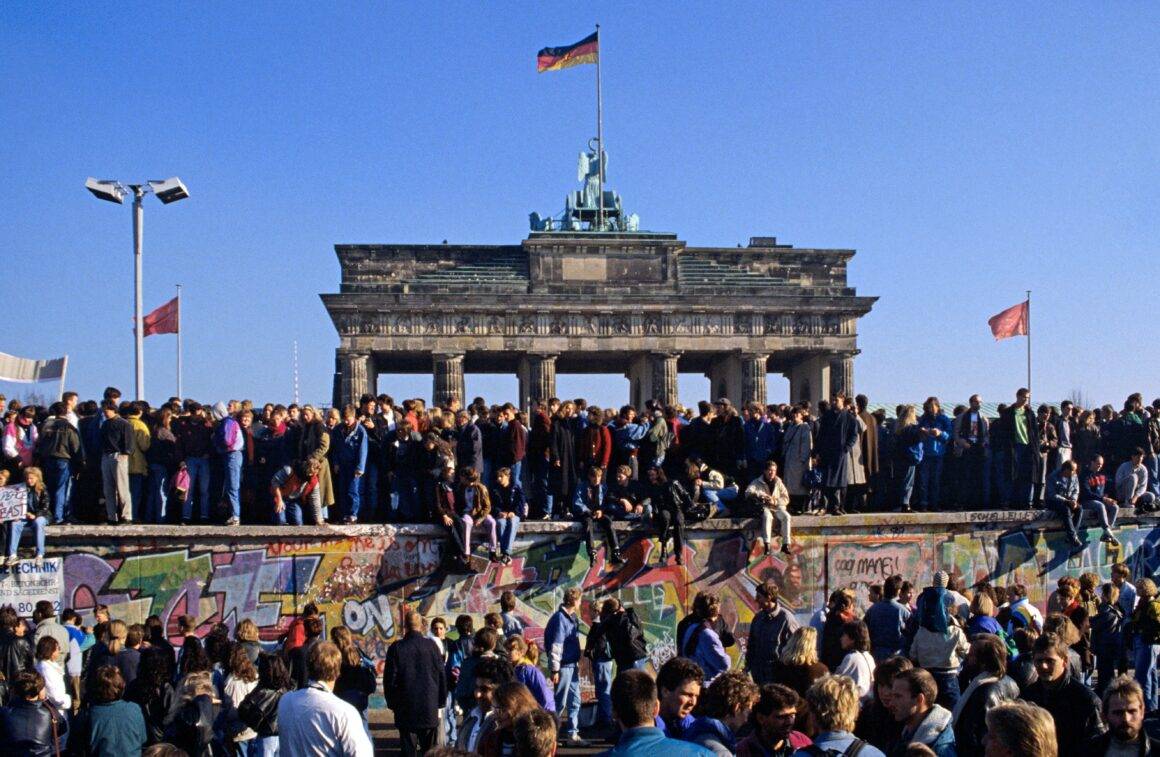
German Unity Day Through IMAGO Photographers’ Lenses
German Unity Day: A Time for Celebration

Every year on October 3rd, Germany celebrates Unity Day, or Tag der Deutschen Einheit. This day marks the moment in 1990 when East and West Germany reunited after being divided for 45 years. Beginning in 1945, after World War II, many families and friends were living separately. The Berlin Wall, a physical symbol of this division, stood from 1961 until its fall in 1989.
Decades later, many photos and videos still show us the excitement, emotions, tears, and joy of people in those days of coming back together. But how did photographers capture those hectic days that we celebrate on Germany Unity Day? How did they feel? What kind of challenges did they face? In this article, IMAGO photographers who documented those days answer these questions and describe the atmosphere.
How IMAGO Photographers Captured the Era of Change?
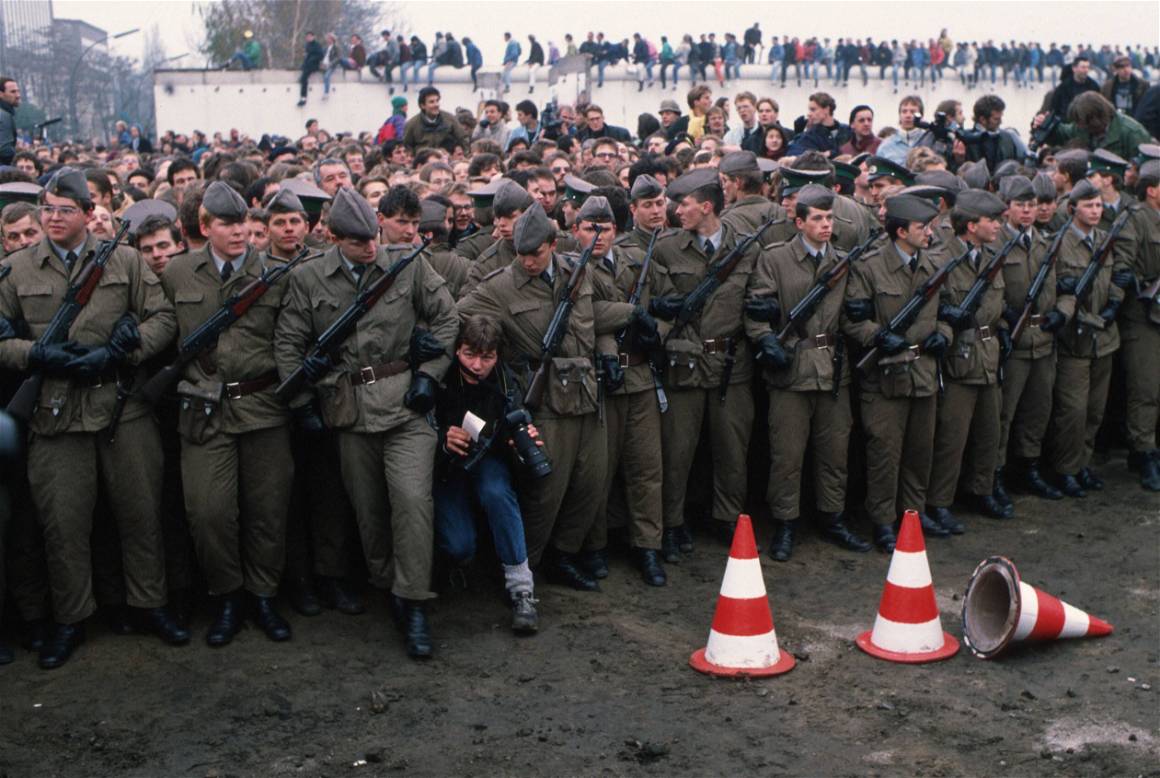
Rolf Zöllner: I Did Almost Nothing But Take Photographs
What do you remember from when the Berlin Wall came down? Where were you, what did it feel like in the city?
The night the wall fell, a couple of friends picked me and my girlfriend at the time up in Wartburg. We drove to the Bornholmer Straße border crossing and “crossed over” at around 11:00. We didn’t really need a stamp on our passports anymore – but we had one given to us at the post – 10 years later, during an interview for the Wochenpost, I heard from the “border opener” Lieutenant Colonel Jäger that anyone with a stamp in their passport should not be left behind.
We then went to the Ku’damm and celebrated there – some not very good photos were taken – I was too affected. I perceived the night as unreal, as if in a fog. If someone had told me the next day that you were dreaming, I would have believed it.
In the next few days, I did almost nothing but take photographs – I wanted to capture everything because the events were coming thick and fast.
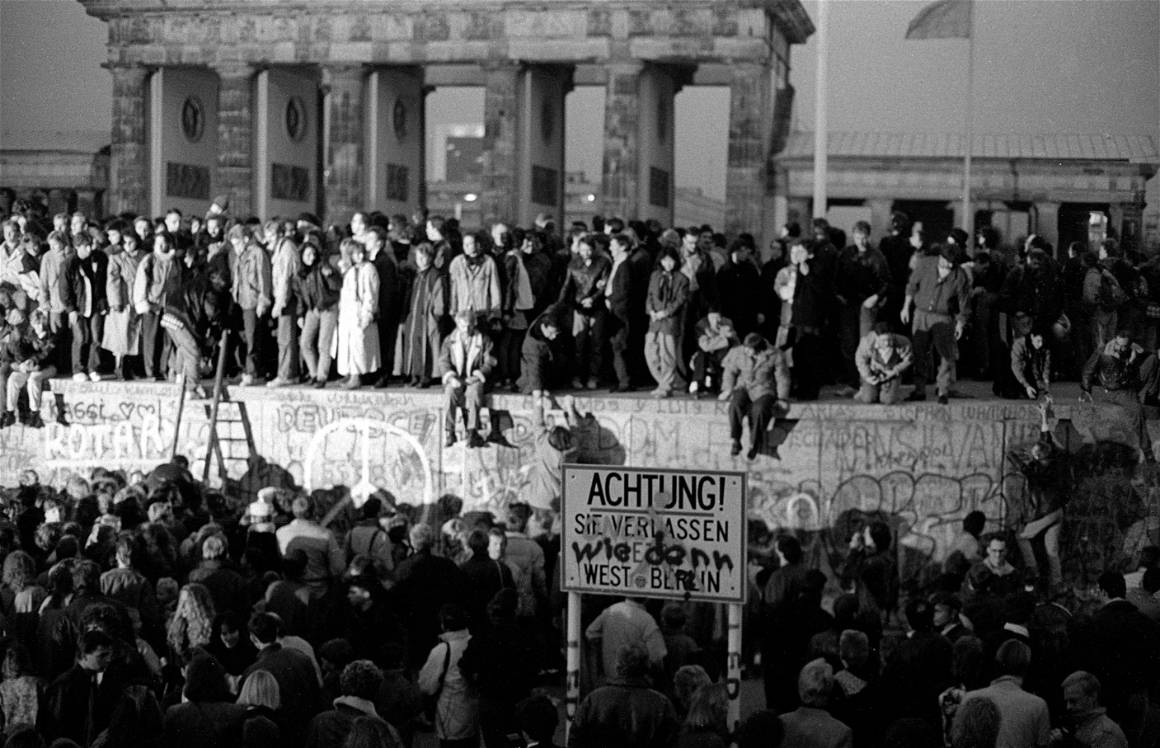
See Rolf Zöllner’s photos of the Berlin Wall’s fall here.
Jürgen Ritter: A Border Guard Came to Meet Me and Said, “Mr. Ritter, You Are Not Wanted in the GDR Capital Today”
What do you remember from when the Berlin Wall came down? What did you see, hear, experience?
The subject of the fall of the Wall: as already mentioned, I was often active in the East.
In April 1989, I met up with some colleagues from the East at a well-known photographer in Lehnitz. We drank a little, had a good time and talked a bit. It was before 1 May 1989, and someone asked me: how would you present 1 May on the cover of Springer?
I thought about it for a moment, then, In capital letters: “40 YEARS GDR, small underneath: are enough.”
Laughter and silence balanced each other out. After that, I had a file (greetings to IM Michael)
7 October 1989 was the 40th anniversary of the GDR. I drove to the Bornholmer Straße border crossing as I often do. A border guard came to meet me: “Mr. Ritter, you are not wanted in the GDR capital today.” Return to West Berlin.
4 November 1989 was a large demonstration on the Alex. I was there again without any problems. Many much-publicized photos were taken. Shitty weather, photojournalist Ritter returns with a cold, lab work, and dispatch. Exhausted.
On 8 November 1989, I was sick in bed with a fever of 40 and heard on RIAS 2 in the evening that the Wall was open. I wasn’t there, but the next day at noon, I went to take photos, still sick.
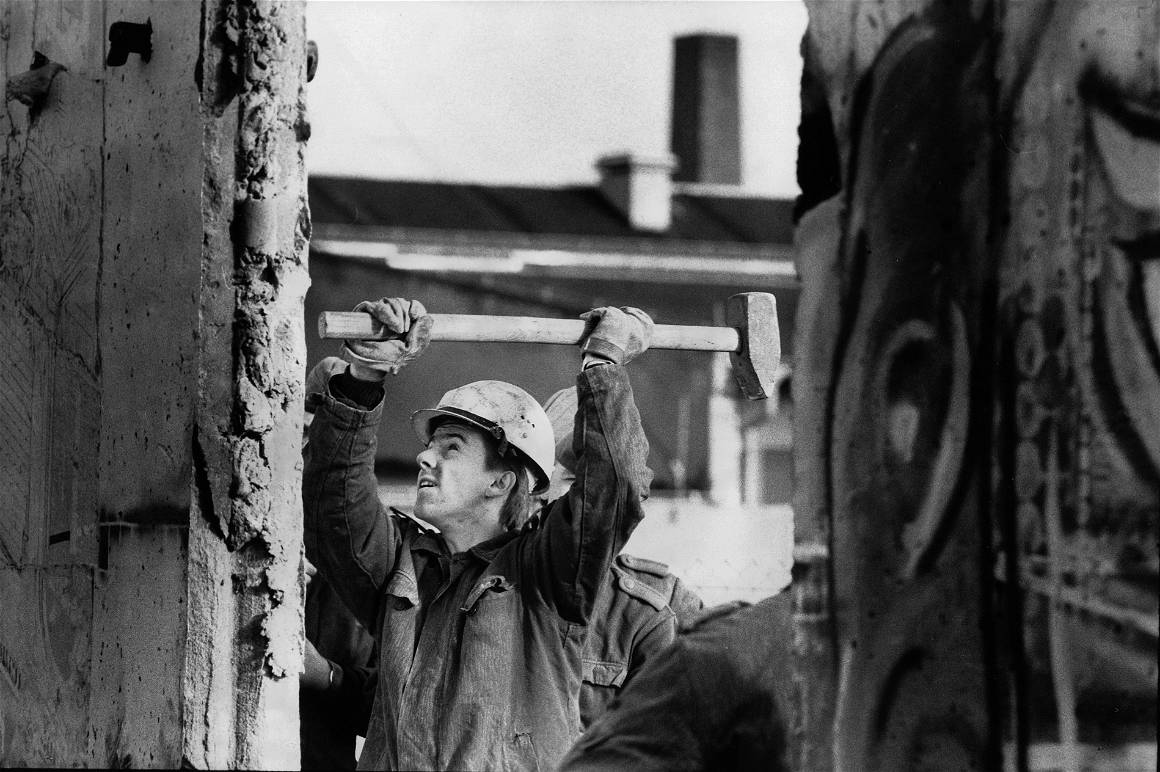
See Jürgen Ritter‘s photos of the Berlin Wall’s fall here.
Michael Hughes: It Was Clear That It Was the End of an Era
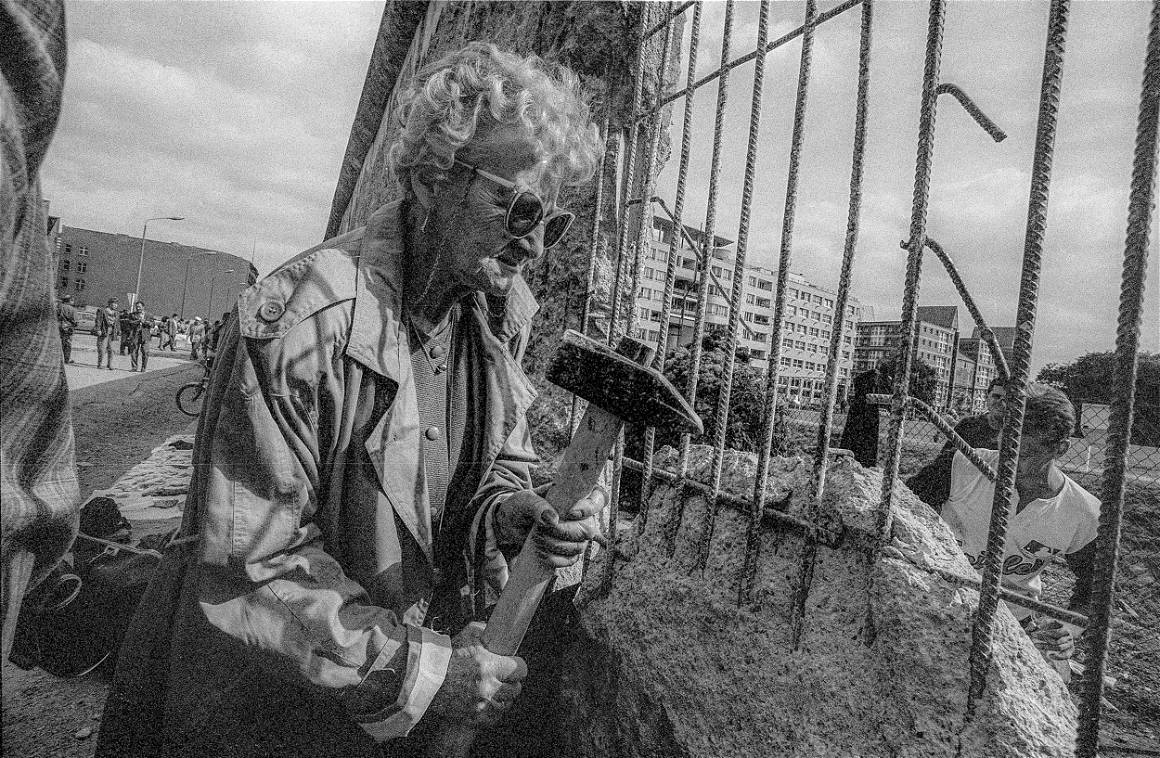
1990 was a unique time for Berlin, and as a photographer, you have to closely observe your surroundings. Can you paint us a picture of what your experience in Berlin was during this transition period?
In Kreuzberg, the Wall was permanently in front of your eyes. You staggered from pub to pub along the Wall, knowing that unfriendly people with Kalashnikovs were on the other side. Berlin was empty at the time. A sort of desert formed along the Wall, just tumbleweeds and tourists. Older people and perma-students populated the city, where the students driving taxis would bring the elderly to medical appointments. I was reporting for Stern on the evening of November 9, 1989, and was photographing the accommodations for refugees from East Germany in Messe Berlin as the news came [of the Wall]. It was clear that it was the end of an era.

See IMAGO’s curated archive collection on German Unity Day.


